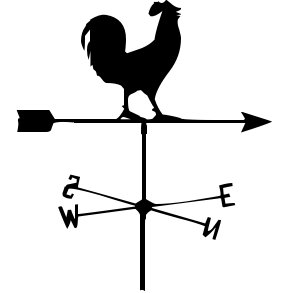Michael R. H. Swanson, Ph. D.
Office: GHH 215
Hours, M, T, W,Th, F 11:00-12:00
Or By Appointment.
Phone: (254) 3230
Have I told you recently how much I’m enjoying working with you? I hope so. By any of the usual measures, participation, attention to what’s going on, willingness to share personal experiences, willingness to agree and disagree with each other with respect, this has been an exceptionally rich experience. Some, but not all of you, have been faithful and positive contributors to your journals. I’m going to try to find a way to archive these so they don’t get lost at the end of the semester. The richness of this experience has had a price, but one that I think is well worth paying. I’ve let the class slow down to savor what’s been going on, rather than merely “covering” all the materials I planned to use at the outset. So I want to use some of Tuesday’s class to rough out plans for the remainder of the course
My initial thinking is that we may not use Jonathan Kozol’s Rachel and Her Children, even though it is a classic study written with brilliance and Passion. I’m hoping that at least some of you decide to read it on your own, and maybe we can get together for a discussion over coffee (my treat) sometime after the beginning of the Spring Semester.
 I very much want to spend good effort on Sara Lawrence-LIghtfoot’s Respect. It is a book like none I’ve ever read and approaches “class and culture” from a very different perspective. In it you’ll meet a midwife, pediatrician, school teacher, photographer, law professor, and priest–each of which encounters issues of race and class in different contexts and at different stages in people’s lives. I’m thinking this may be a book which would make a good medium for some small group work. I’ll be asking you to think about this.
I very much want to spend good effort on Sara Lawrence-LIghtfoot’s Respect. It is a book like none I’ve ever read and approaches “class and culture” from a very different perspective. In it you’ll meet a midwife, pediatrician, school teacher, photographer, law professor, and priest–each of which encounters issues of race and class in different contexts and at different stages in people’s lives. I’m thinking this may be a book which would make a good medium for some small group work. I’ll be asking you to think about this.
 I also want to spend time with Class Matters, the anthology of articles first published in the New York Times. Like good anthologies, there’s no compulsion to read Class Matters from cover to cover. We can select those chapters which give us a broader view of some of the issues of Social Class.
I also want to spend time with Class Matters, the anthology of articles first published in the New York Times. Like good anthologies, there’s no compulsion to read Class Matters from cover to cover. We can select those chapters which give us a broader view of some of the issues of Social Class.
 So for Tuesday, I’d like to have you bring Respect and Class Matters with you. Do a little browsing in Respect and see if you think you’d enjoy working in small groups on it. If so, which of the men and women would you like to investigate most? Which of your peers would you like to work with? Think about those things.
So for Tuesday, I’d like to have you bring Respect and Class Matters with you. Do a little browsing in Respect and see if you think you’d enjoy working in small groups on it. If so, which of the men and women would you like to investigate most? Which of your peers would you like to work with? Think about those things.
Also take a look at the chapters in Class Matters. If you haven’t purchased the book, don’t bother...the online version will be satisfactory. Here are links to the the chapter titles in the appropriate on-line area provided by the New York Times
